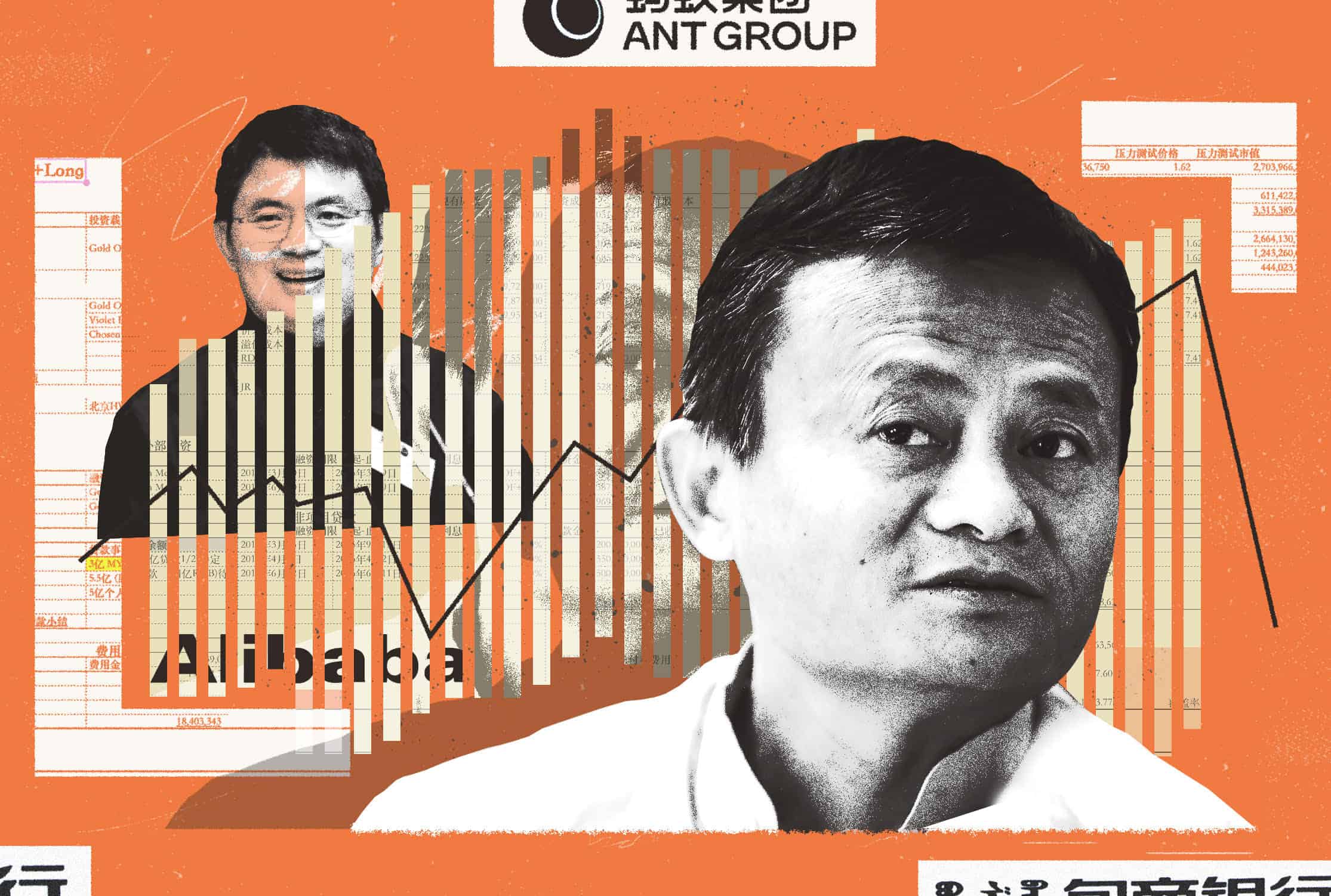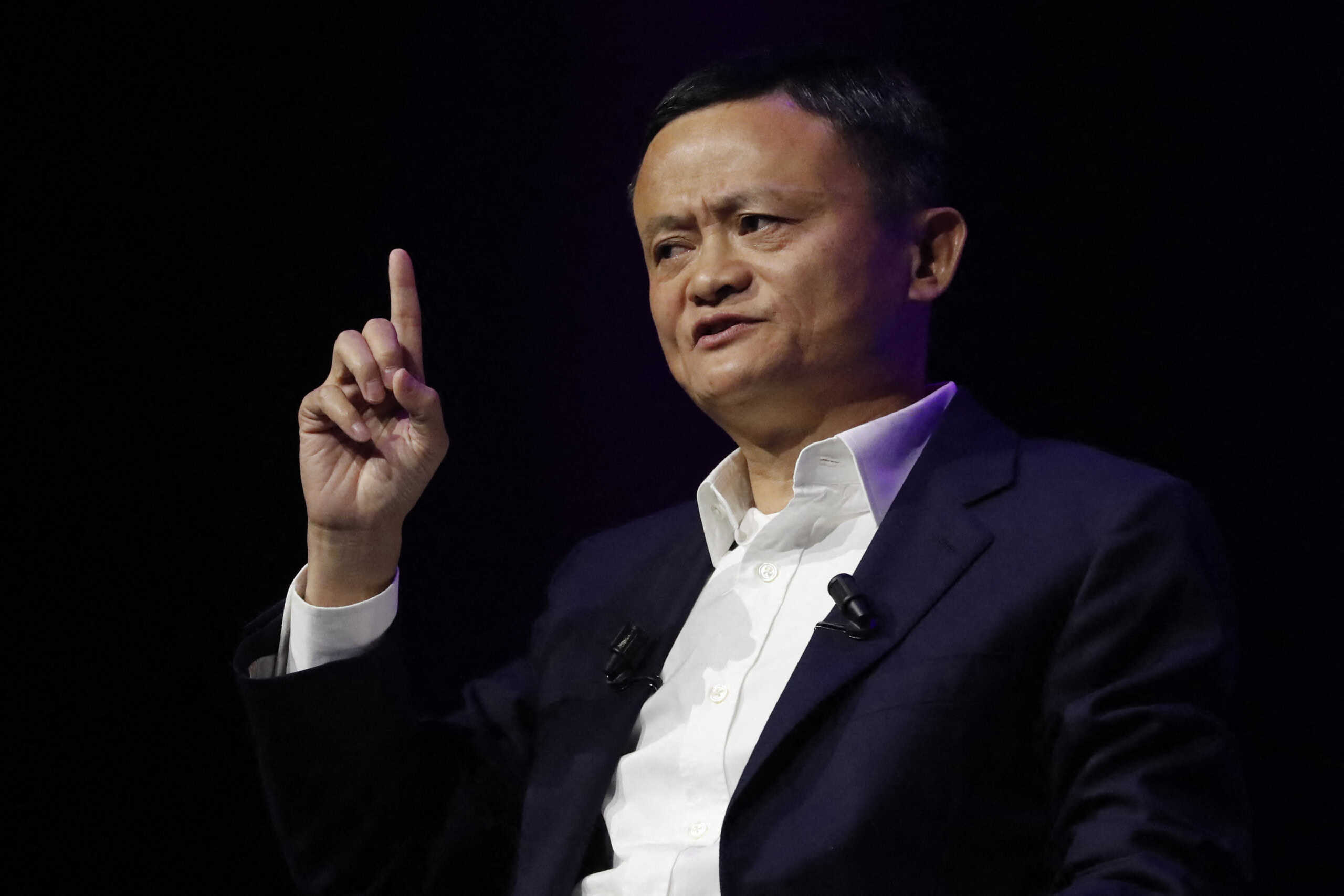It has become a fresh cliché to talk of Sino-U.S. relations in terms of Cold War II. And like all clichés, the imperfections of the analogy (principally the systemic differences between the USSR and the PRC, which is part of the world economy, not apart from it) are built upon a foundation of truth. Along with this new great power competition — and “ten-foot-tall syndrome” accompanying U.S. fears of China — have come a glut of books that address the rivalry head on, often with accompan
Navigate China's Business Landscape with Confidence.
- Gain visibility into supplier risks
- Easily manage trade compliance
- Conduct in-depth due diligence




